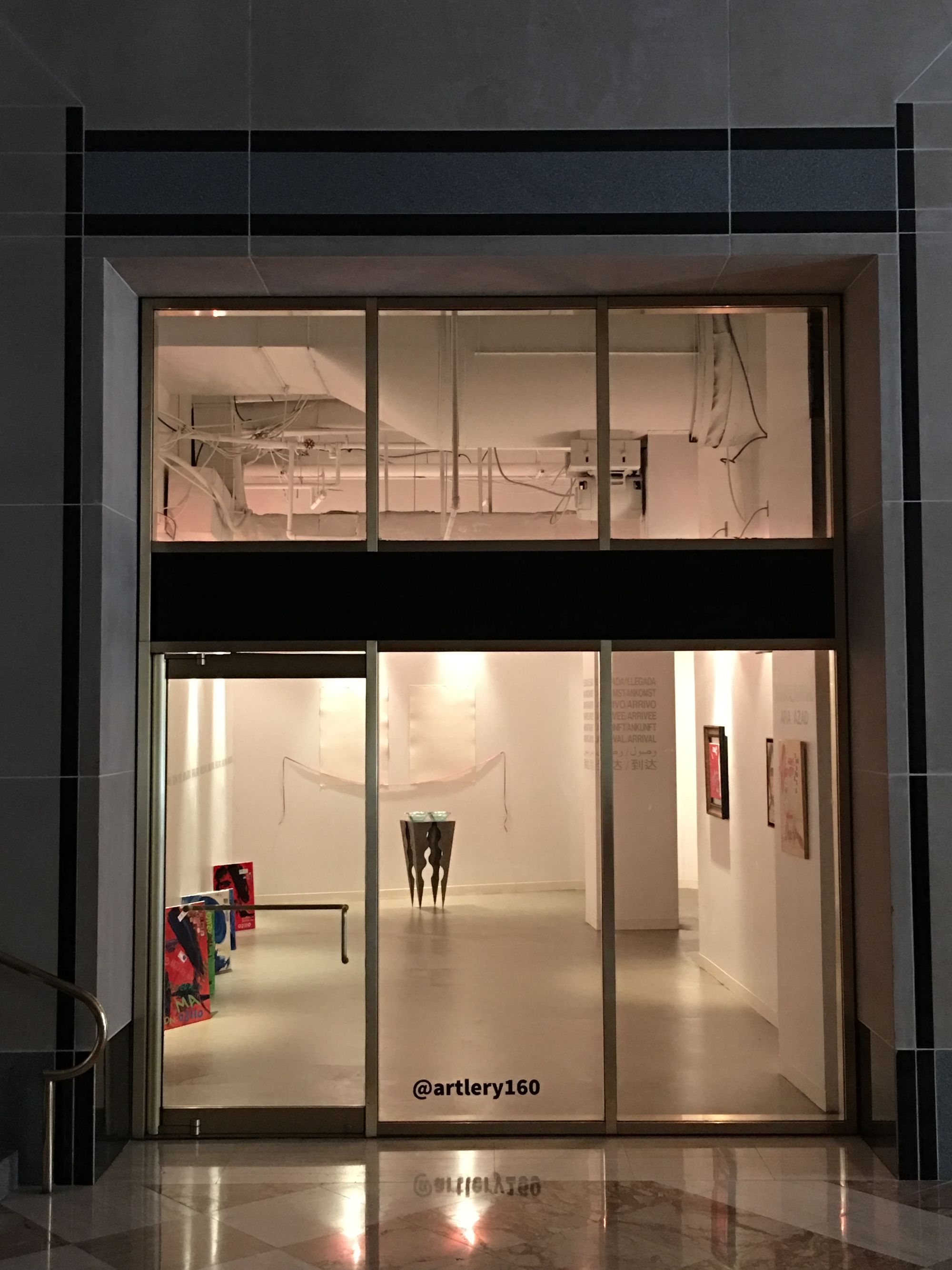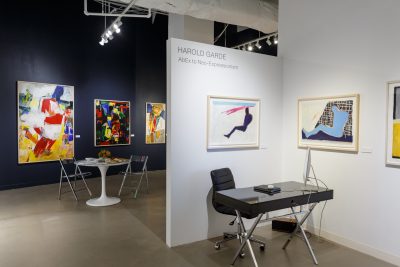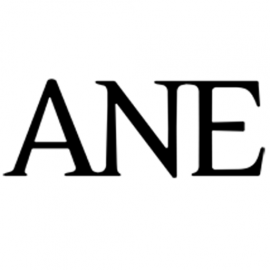Artlery
One of the reasons why I left MuleSoft in 2015 was that I became acutely interested in Bitcoin and cryptocurrency in general, and realized that MuleSoft was not going to be entering that space any time soon, if ever. I decided to start a project and supporting company called Artlery with a few friends and collaborators, quite probably the very first art blockchain company, and some of the original "prior art" for NFTs, in order to explore the design space around art and currency and human + creator rights.
My interest in the intersection between encryption and currency dated back to 1999 when I read a book called "The Future of Money", by Bernard Lietaer. I studied history in college at Tufts University and became very fascinated with the design and structure of money at a "meta" level as far as the various forms it has taken throughout history.
I felt strongly, as Bernard Lietaer also describes in his book, that money is not intrinsically "value neutral", and Lietaer's framework of "intentional economics", combined with his idea of "complimentary community" currencies, were of great interest to me. In fact, years prior I had created an implementation of his "cybersphere" concept, which I developed and then deployed onto the trading floors of several multi-billion dollar hedge funds in Boston.
The overall idea of the Artlery project was to create a new type of explicitly art-backed financial instrument, called an "artlery", which was neither a security, property, commodity, nor a currency. It was an artlery. It would be a financial contract associated with a work of art, which would enable a 360 degree view of all of the data and metadata associated with a work of art, and whereby every single transaction related to a work of art would involved a "rights clearance". My stepfather is a human rights lawyer, and I grew up with the understanding that artists' rights are human rights.
Additionally, historically, clarity and transparency around asset ownership, and the specific usage rights associated with ownership, can unlock tremendous amounts of economic activity.
The larger goal beyond creating the artlery financial instrument, was to enable an art-backed cryptocurrency called the CLIO. The idea was that just as humans used to use a "gold standard", and have been on an "oil standard" for decades (they're called "petrodollars" for a reason...), we could move to an "art standard".
This was based also on a recognition that there is an intrinsic association between the historical price of art, currency supply, and rate of inflation. A simple way of describing this relationship is, "There couldn't be a $450M daVinci 450 years ago". The core idea behind Artlery was to facilitate a decentralized currency issuance protocol to govern the rate of new issuance and allocation of an asset-backed currency, based on creating and exhibiting new art, algorithmically tied to the degree it was appreciated and the reputation of those involved.
Furthermore, to reimagine the underlying contract of art as an asset class, given how universal art is, is practically to reimagine the entire social contract as well. For example, one area where we spent significant research efforts is in redesigning "percent for art" programs in cities to be based on an idea proposed by Artlery advisor Amy Whitaker on artist equity, and further where dividends intrinsically tied to increase in real estate values.
Our feeling was that artists that create beautiful works should be considered private equity investors in property, based on proximity of exhibition to real estate transaction. We also expanded upon this idea regarding the contribution of the arts to economic development and exploring new social and financial models in a paper for the Arts Management Journal – Cultural Festivals in the Age of Blockchain: Economic and Social Models for Festival Support and Community Engagement.
Here was the "About Artlery" text on the Artlery project home page detailing this vision:
About Artlery
At Artlery, we believe Art isn’t just important, it’s essential. It’s inextricably entwined with our very existence. Creating art is what makes us human; being human is what compels us to create art. The two things are inseparable.
But do we give the creators of these expressions of our shared humanity their due? We appreciate art…but do we appreciate artists? Our mission at Artlery is simple: to protect and advance the rights and interests of artists.
The Artlery platform is designed around an art-backed cryptocurrency called the CLIO. Named after the muse of history, the CLIO is the first currency ever to be explicitly backed by the creation, exhibition, and appreciation of art. Analytics related to time, distance, order, and reputation all affect the core CLIO valuation and distribution algorithm.
The first CLIO public issuance is scheduled to take place in the summer of 2018. If you are an artist and would like to secure your spot for the CLIO offering, please register and upload your portfolio at https://artlery.com/artists. All artists, venues, and patrons who create, exhibit, or view art between now and the time of the CLIO offering will automatically be included.
The digital era gives us the opportunity to create a currency backed by art for the express purpose of sustaining and supporting the people who create it. It’s an opportunity we at Artlery couldn’t be more eager to explore.
We’ve had various currency standards over the years: Rocks. Salt. Gold. Oil. We believe it’s time for the Art Standard.
If you’re interested in collaborating or want to find out more, please email us at hello@artlery.com. We’d love to hear from you.
The foundational right upon which the Artlery platform was built around is droit de suite, which translates to "right to follow", and which is a legal framework supported in both Europe and in California to allow for artists to receive a "second sale royalty" on any subsequent sale of a work. This is to allow artists to participate in the developing and maturing of the market for their own work, and to prevent scenarios where their work might be selling for millions at auction but where the artist does not participate in the market accrued value.
Over the course of several years, we met hundreds of artists and participated in dozens of events. We presented at the first blockchain conference, the Stanford Blockchain Workshop, and were featured prominently in the book "The Blockchain Revolution" by Don Tapscott and Alex Tapscott, where Don Tapscott bought the very first work of art on the platform, and where we went on to become founding members of the Blockchain Research Institute. One of the premier organizations supporting artists rights is the Artists Rights Society of NY, https://arsny.com/, with whom we met with numerous times.
We also opened our own experimental technology-enabled art gallery in the financial district in downtown Boston, @artlery160, where we produced 12 exhibits from dozens of artists and curated 50+ events over two years.
Artlery was acquired by Verses.AI in January of 2018 in an all equity transaction.
@artlery160's first exhibition, "Arrival Arrival", by Ara Azad

@artlery160's last exhibition, "Some Risks Are Rewarded", by Harold Garde

Summary of Artlery Activities 2015 - 2018
Financial Summary
Art sales ~50K
Consulting and Partnership Revenue ~300K
Investment ~350K from five investors
App Engagement
Users ~5,000
Artists ~500
App Revenue ~50K
Registered Locations ~500
Registered Events ~100
Registered Works ~8,000
Registered Artwork Value: ~35MM
Presentations and Exhibitions
Stanford Blockchain Workshop -- Popup exhibition of six works curated with selections from NYC Armory, delivered closing keynote, first sale of art on platform purchased by Don Tapscott
IFTF Journey to the Future -- Presenter, popup presentation with Obscura Digital to Electronic Arts executive retreat program
San Francisco Payne Mansion Hotel -- five exhibitions with iBeacon sensors, two dozen exhibiting artists, thousands of in-app appreciations and user engagement, Discovery Channel feature coverage: https://www.youtube.com/watch?v=XT5ayQOuOMg
CE Week NYC Blockchain Symposium -- Presenter, Benton Bainbridge exhibiting artist, TV segment
Frenchy Gallery in New Orleans – Popup exhibition, software trial
NYC COALA Blockchain Conference -- Panelist
Artlery160 Art + Technology Showcase -- 50K investment by Beacon Capital, 1,800 sq foot retail space in -- 12 exhibitions, 18 artists, 134 works, 32 events
MIT Sloan Blockchain Revolution Book Tour -- Panelist, mobile app auction featuring Sebastian Neumayer’s BTC ring (Smithsonian) + Ara Azad mailed painting
Sundance Film Festival Cryptocurrency Summit -- Panelist
Fordham Blockchain Disruptor Conference -- Panelist, Harold Garde popup exhibition
Published paper in the Arts Management Journal -- Cultural Festivals in the Age of Blockchain: Economic and Social Models for Festival Support and Community Engagement
Art World Connections and Collaborations
LACMA -- Curator from LACMA @artlery160 Harold Garde
Sotheby’s -- Jess Houlgrave Master Thesis
SF MoMA -- Artists Galleries, Modern Art Council
MONA -- CTO collaboration
NYU + New Museum -- Amy Whitaker collaboration
Harvard Museum + MIT Museum
Boston SoWA -- Co-exhibition
ArtPort -- Co-exhibition
Boston USEA -- Co-exhibition
National Association of Women Artists -- Co-exhibition
Boston Mayor’s Office of Arts and Culture -- Collaboration
City of Somerville -- Collaboration
Harrison Lobdell Gallery -- Sponsorship
Reveal Art Fair -- Sponsorship
NO EXIT -- Sponsorship
Melrose Vault -- Sponsorship
Artlery Providence -- Sponsorship
Technology Partnerships and Customer Trials
Codex Protocol
Ascribe.io
Taurus Investment Holdings
Beacon Capital
Wayfair
Restoration Hardware
Disney
References:
